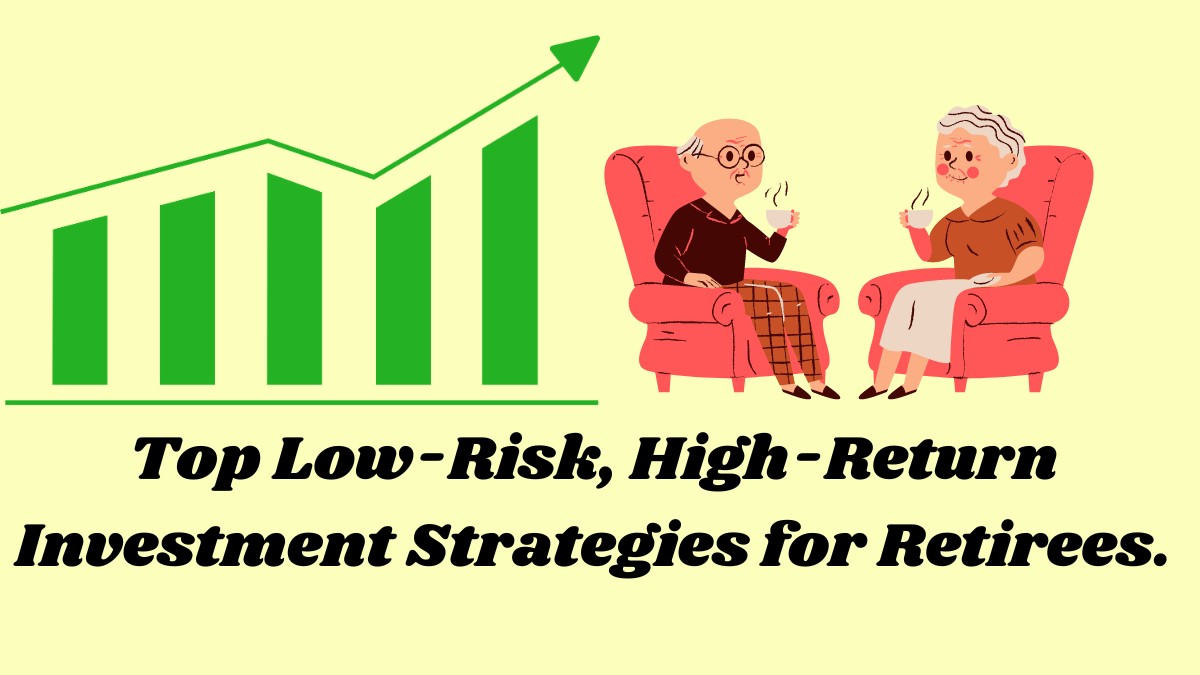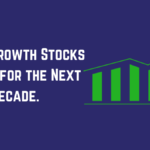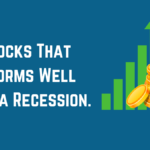Introduction
Financial stability becomes crucial during retirement. Striking the right balance between risk and reward is crucial for retirees, as they often seek to maximize their returns without jeopardizing their hard-earned savings. The current investment landscape presents unique challenges, making it essential for retirees to explore low-risk investment options that still offer decent returns. Let’s dive into seven high-return, low-risk investments that can help retirees achieve their financial goals.
Money Market Funds
Money market funds are a popular choice for retirees seeking stability and liquidity. These funds invest in highly liquid, short-term, and low-risk securities. They offer the benefit of easy access to your money without penalties and can provide either taxable or tax-exempt interest depending on the fund type. For instance, Vanguard’s Cash Reserves Federal Money Market Fund (ticker: VMRXX) is a great example, offering a current yield of 5.3% with a $3,000 minimum investment.
ALSO READ: 7 Best Stocks for Long-Term Investing: Secure Consistent Profits in the Stock Market.
Dividend Stocks
Dividends have long been a reliable source of income for retirees. Companies that consistently increase their dividends are especially appealing. According to research from Hartford Funds, reinvested dividends and compounding have contributed significantly to the S&P 500’s cumulative return since 1960. Retirees can choose between high-dividend-yield strategies, which focus on companies offering above-average dividends, and dividend-growth strategies, which invest in companies that have a history of increasing their dividends.
ALSO READ: Decoding the Stock Market: Tips and Tricks for Consistent Profits.
Ultra-Short Fixed-Income ETFs
Ultra-short fixed-income ETFs are a sound choice for retirees looking to preserve capital while earning slightly higher yields than money market funds. These ETFs invest in short-term bonds, which translates to low risk and some potential for price appreciation if interest rates decline. They are particularly useful during periods of market volatility. Municipal bond funds, which offer tax-free interest income, are another excellent option within this category.
ALSO READ: Top Strategies for Investing in the Stock Market: Maximizing Profits with Dividends.
Certificates of Deposit (CDs)
Certificates of Deposit (CDs) are a favored investment for those with a low-risk tolerance. They offer a fixed return over a specified term, ranging from a few months to several years. One effective way to enhance returns and maintain flexibility is through CD laddering, where you invest in multiple CDs with varying maturity dates. This approach ensures that some portion of the investment is always near maturity, allowing retirees to take advantage of rising interest rates or reinvest as needed. With rates expected to decline later this year, now might be a good time to lock in attractive rates on longer-term CDs.
Annuities
Annuities are insurance products that provide regular payments to the owner, making them an excellent option for retirees seeking a guaranteed income. They are especially beneficial for those with preexisting health conditions or difficulty qualifying for other investments. Annuities can protect against longevity risk—the possibility of outliving your savings—by creating a steady lifetime income stream. They grow tax-deferred and are taxed when distributions begin, offering a measure of financial security for retirees.
ALSO READ : Cryptocurrency Profit: A Basic Yet Powerful Guide to Unlocking Opportunities and Managing Risks.
High-Yield Savings Accounts
High-yield savings accounts have gained popularity as interest rates have risen in recent years. These accounts offer higher interest rates compared to traditional savings accounts, making them an attractive place to store extra cash, build an emergency fund, or save for a big purchase. Unlike CDs, high-yield savings accounts do not have lock-up periods, providing more flexibility for retirees. Current rates for these accounts can reach up to 5.27% annual percentage yield, making them a smart choice for immediate-access savings.
Treasury Bonds
Treasury bonds, backed by the U.S. government, are a low-risk investment offering stable returns. They are virtually risk-free and provide reasonable rates depending on the term length. A strategy for retirees is to invest in longer-dated Treasury bonds to capture capital appreciation in addition to the yield, especially as rates are expected to drop. This approach can yield a maturity that is superior to CDs without compromising safety, and it offers better liquidity.
Conclusion
Balancing risk and reward is crucial for retirees aiming to maintain financial stability. The seven investment options discussed—money market funds, dividend stocks, ultra-short fixed-income ETFs, certificates of deposit, annuities, high-yield savings accounts, and Treasury bonds—offer various ways to achieve this balance. By diversifying their portfolio with these low-risk, high-return investments, retirees can create a steady income stream while protecting their principal.
FAQs
- What is the safest investment for retirees?
- Treasury bonds are considered the safest investment due to their backing by the U.S. government.
- How do I choose the best dividend stocks?
- Look for well-established companies with a long history of increasing dividends and a strong financial position.
- What are the risks associated with annuities?
- While annuities offer guaranteed income, they can come with fees, surrender charges, and less flexibility compared to other investments.
- Can I suffer loss in a money market fund?
- Money market funds are very low risk, but they are not entirely risk-free. It’s important to choose funds with a solid reputation and track record.
- How does CD laddering work?
- CD laddering involves purchasing multiple CDs with staggered maturity dates to ensure that some portion of your investment is always close to maturity, providing flexibility and the potential to reinvest at higher rates.










